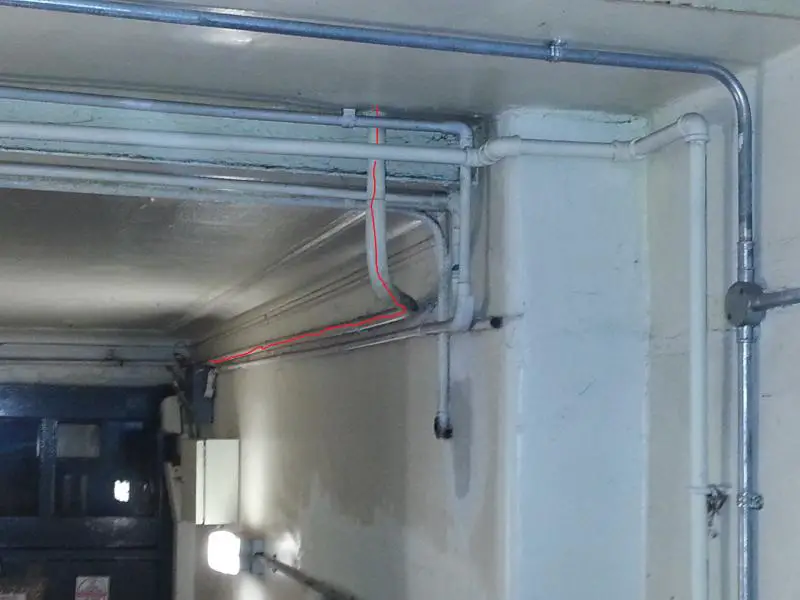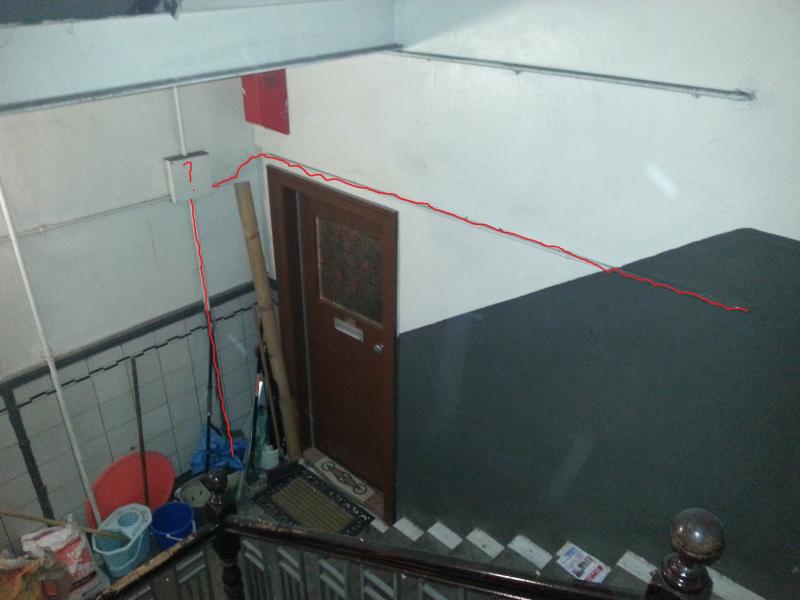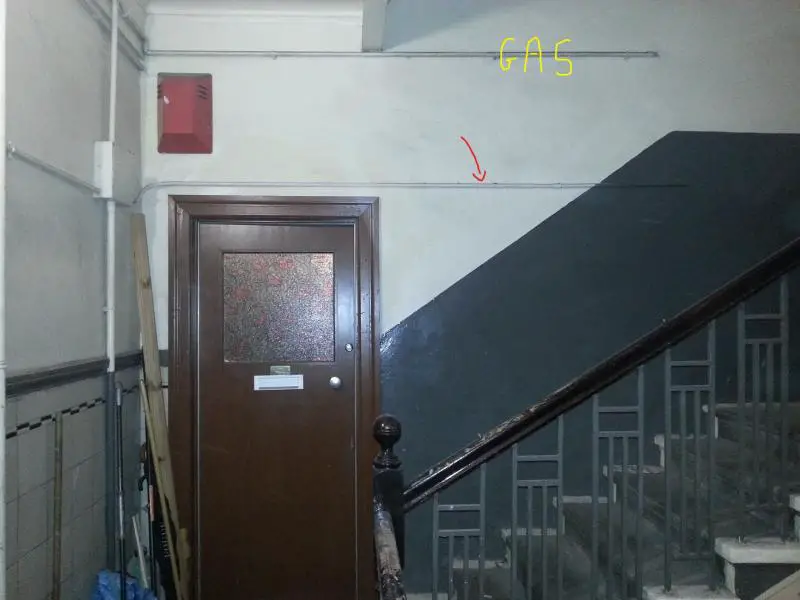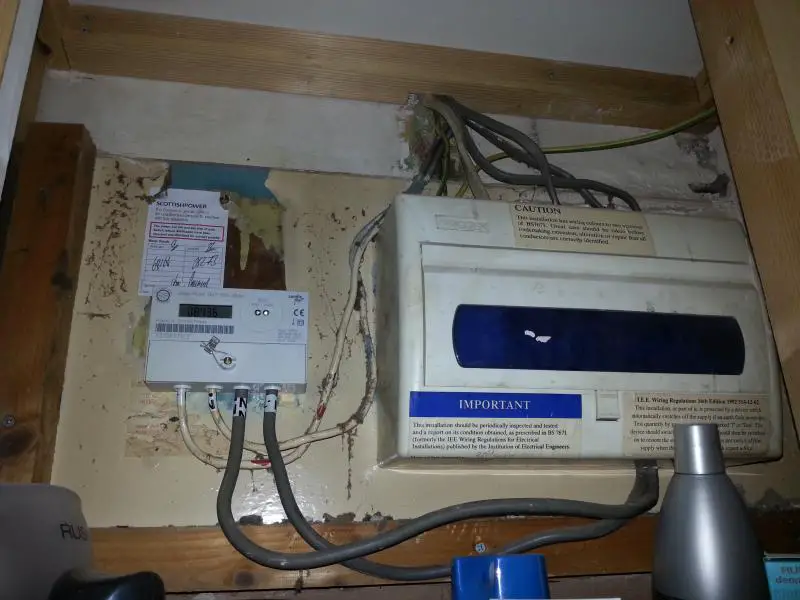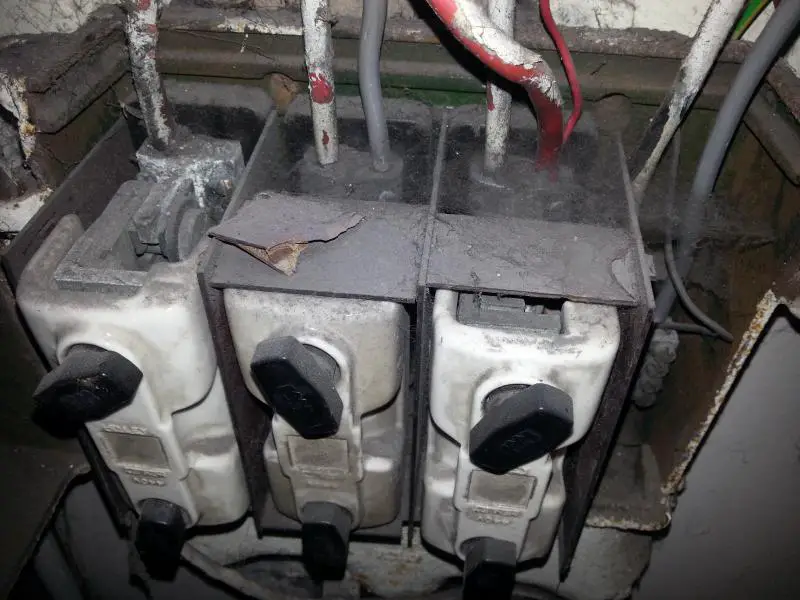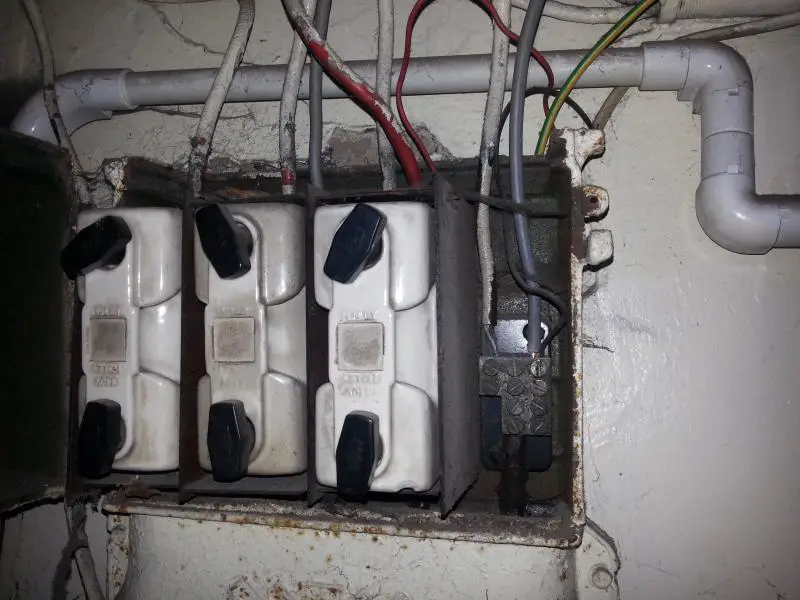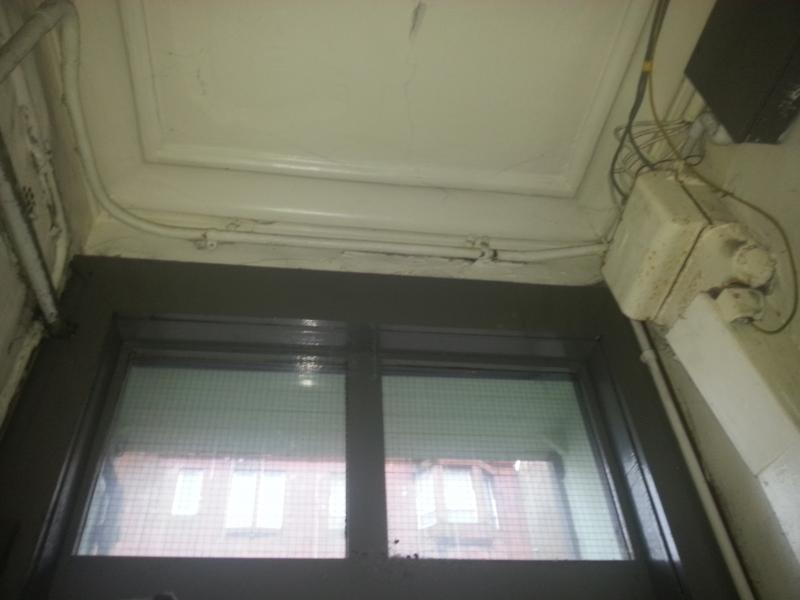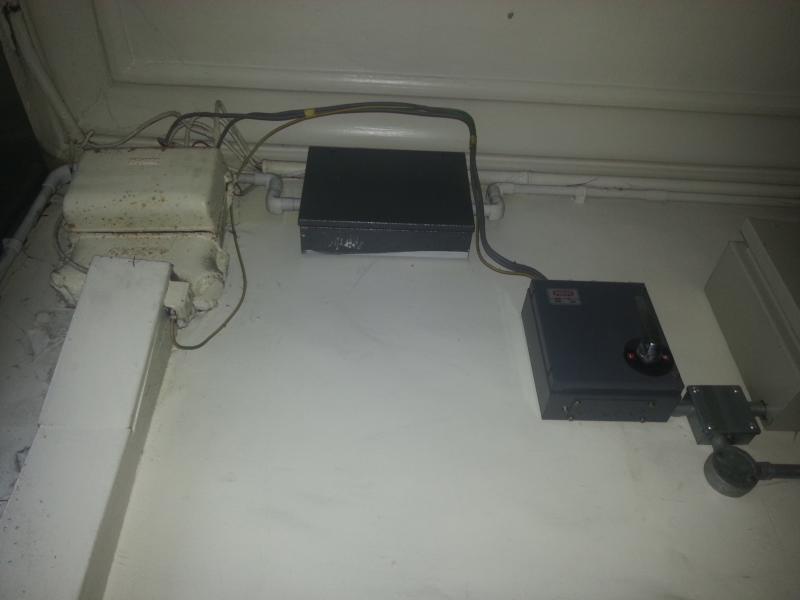The arithmetic is obviously easy enough, but I see a potential problem. I don't have Tables/Graphs near to hand, so am guessing that it would take about 600A to operate one of your 100A fuses within 5 secs - is that roughly correct? If it were 600A, that would equate (at 230V) to a maximum loop impedance (from the location of the fault) of 0.38Ω - so if the Ze were any greater than 0.38Ω, your requirement could not be satisfied, even with tails of zero length! Maybe my guess of 600A is way out?You tell me! I've never been able to get to the bottom of how that particular length was decided, but it has been around for over 30 years. In modern terms it should equate to the Ze of the supply and have a maximum.How does that equate to the oft-cited 3m limit? I would have thought that one could usually have a good few metres of 25mm² tails and still be able to meet that requirement.
Kind Regards, John


